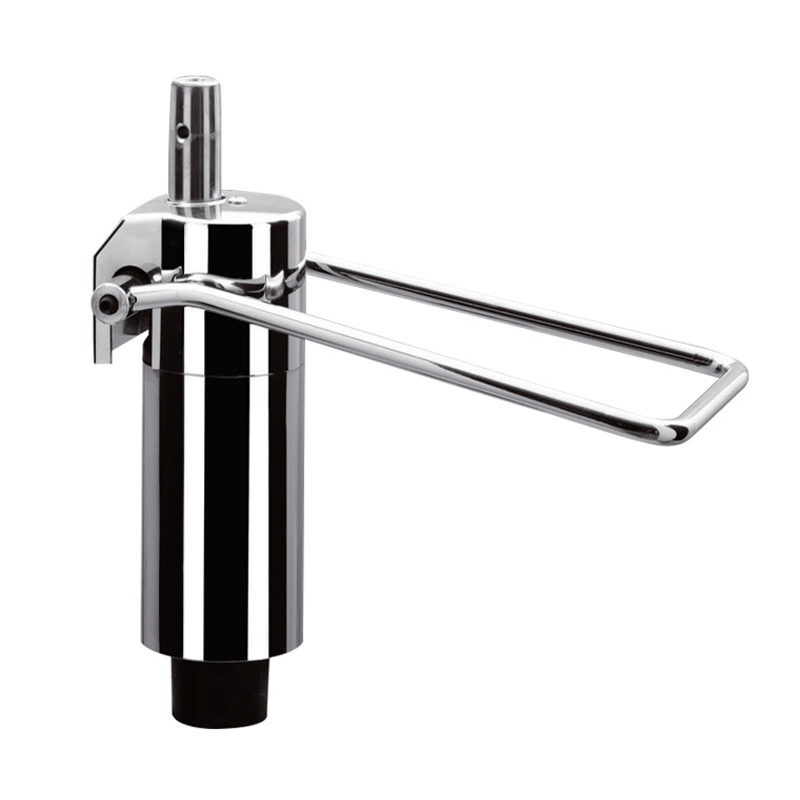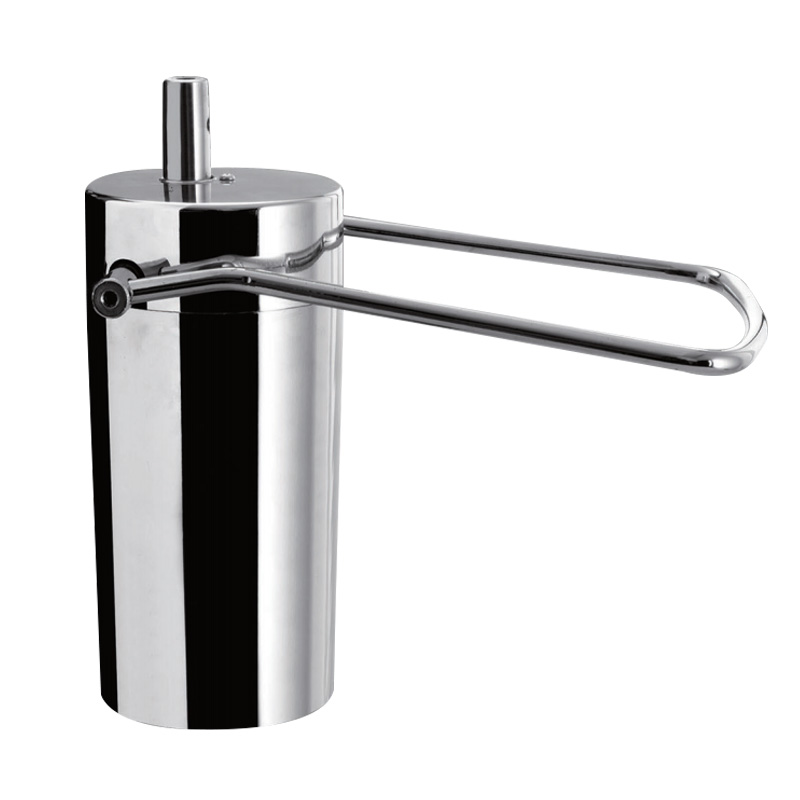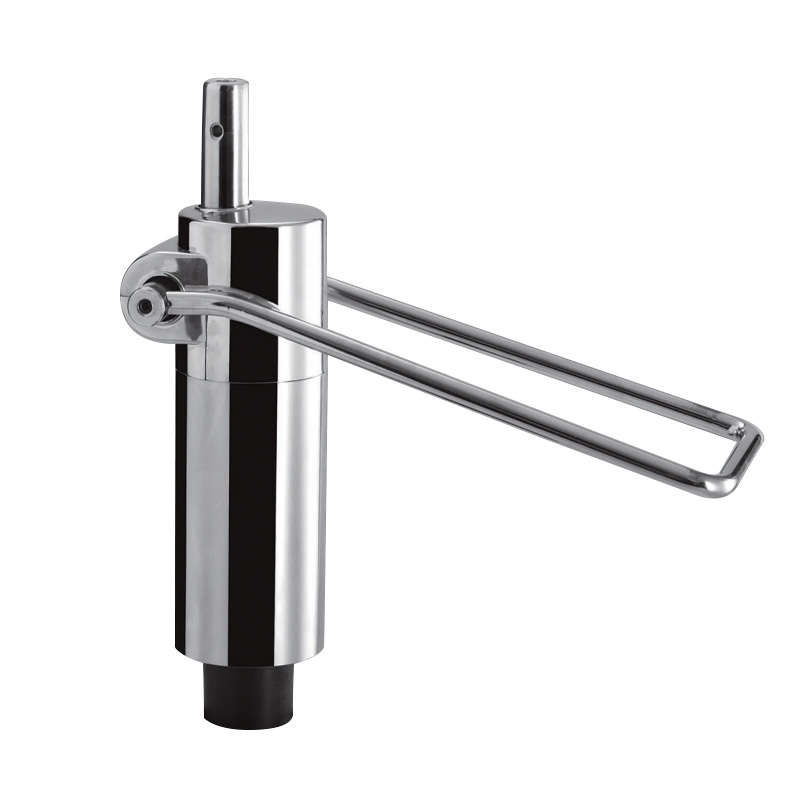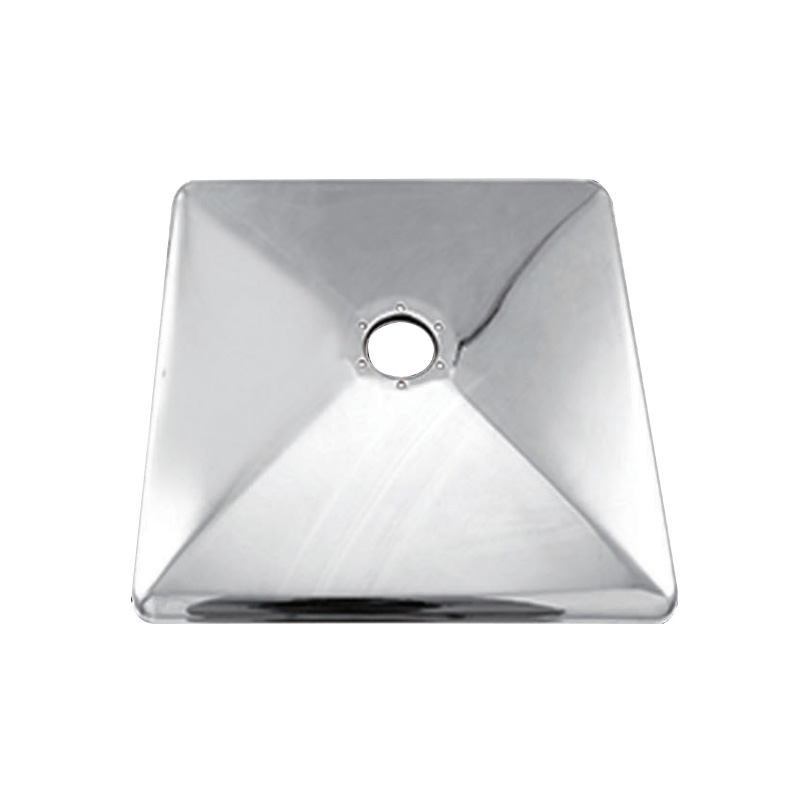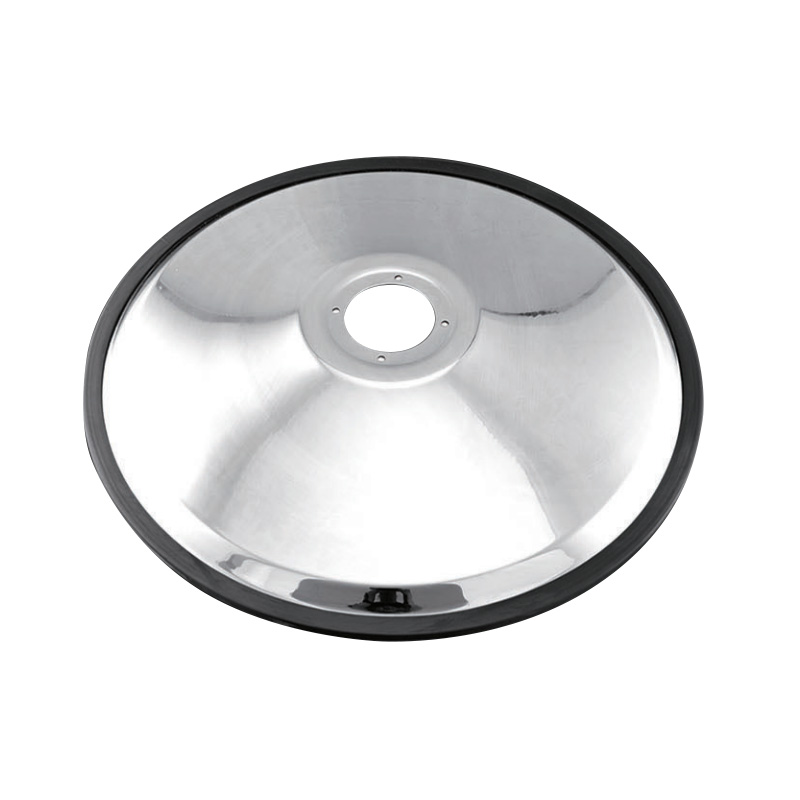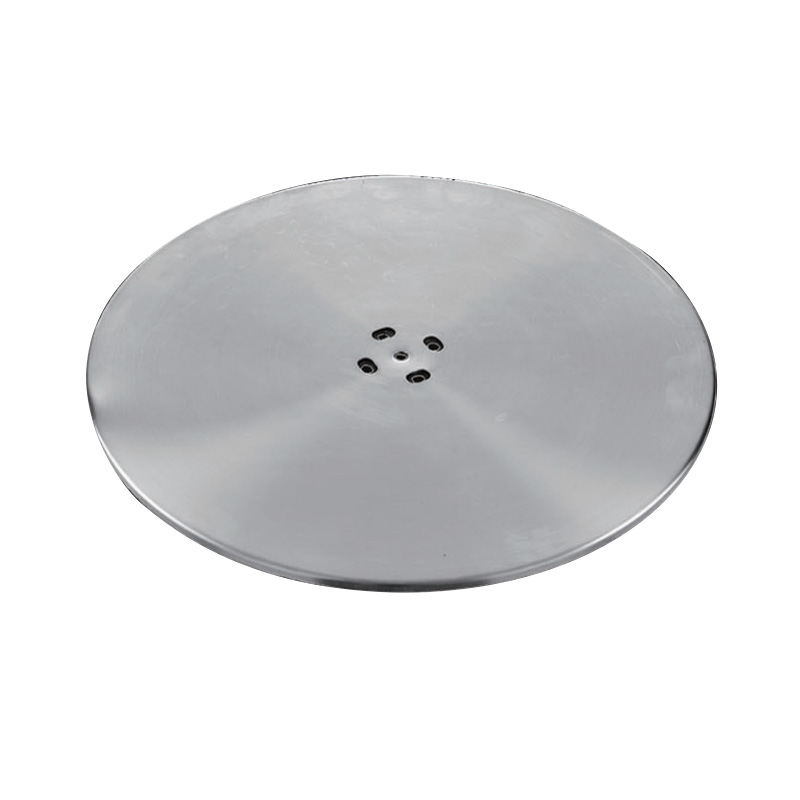Barber chairs are essential equipment in salons and barber shops, providing comfort to clients and convenience for professionals. The hydraulic pump is a core component of these chairs, allowing smooth height adjustment and tilt functions. The performance, reliability, and maintenance of a barber chair largely depend on the type and quality of its hydraulic pump. Understanding the different types of barber chair hydraulic pumps helps salon owners, technicians, and manufacturers select and maintain appropriate equipment.
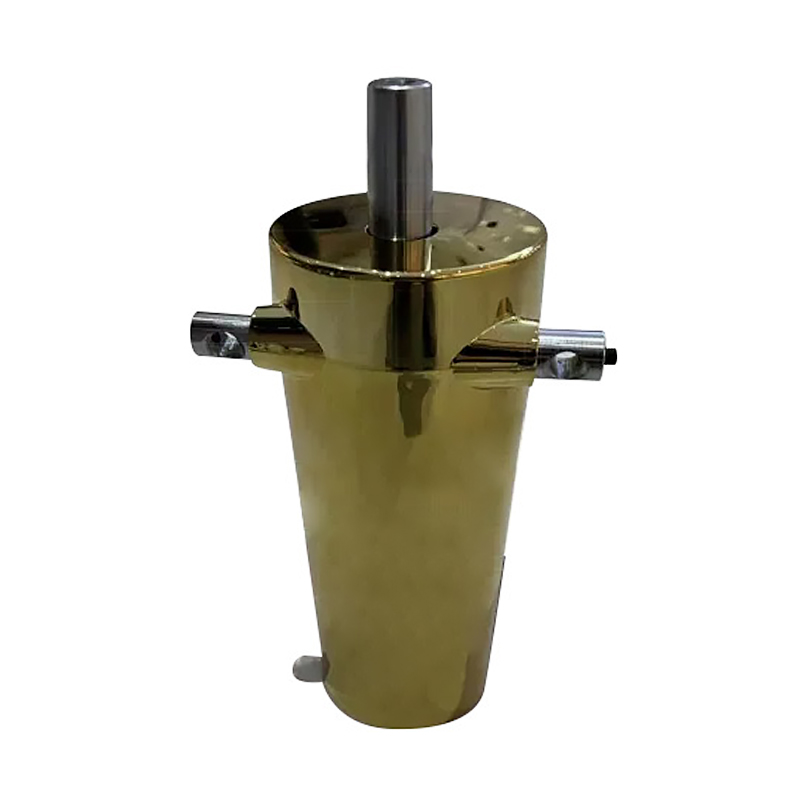
Classification by Operation Mechanism
(1) Manual hydraulic pumps
Manual hydraulic pumps rely on the barber’s physical effort, usually through a foot pedal, to adjust the chair height. These pumps are simple in design, require minimal maintenance, and are suitable for small salons with moderate use. For example, in local barbershops in smaller towns, manual hydraulic chairs remain common because they do not require electricity and are cost-effective. The limitation is that continuous manual operation can be tiring during busy working hours, especially when handling multiple clients consecutively.
(2) Electric-assisted hydraulic pumps
Electric-assisted hydraulic pumps combine hydraulic mechanics with electric motors to reduce physical effort. Salon staff operate a foot pedal or button that activates the motor to adjust the chair smoothly. This type is often found in medium to high-volume barber shops, where quick and effortless height adjustments are necessary to maintain workflow efficiency. For instance, urban barber chains frequently use electric-assisted pumps to speed up services during peak hours.
(3) Fully electric hydraulic pumps
Fully electric hydraulic pumps operate entirely through electrical power without requiring manual effort. These pumps provide precise and consistent adjustment, suitable for chairs with multiple functions such as tilt, recline, and height control. High-end salons and cosmetic clinics often invest in fully electric hydraulic chairs to enhance client comfort and operational efficiency. These pumps require reliable electrical connections and occasional inspection of wiring and control circuits to ensure safety.
Classification by Construction Material
(1) Steel-based hydraulic pumps
Hydraulic pumps constructed with steel components are known for durability and load-bearing capacity. Many traditional barber chairs use steel-based pumps due to their strength and long service life. A real-life example is a classic barbershop in Beijing that has maintained its steel hydraulic chairs for over a decade with routine lubrication and inspection. The drawback is that steel pumps are heavier and may require more maintenance to prevent rust.
(2) Aluminum-based hydraulic pumps
Aluminum hydraulic pumps are lighter and more resistant to corrosion, making them suitable for chairs in humid or coastal environments. Salons near coastal areas in southern China often choose aluminum-based pumps to avoid rusting caused by saline air. While aluminum pumps are easier to handle and install, they generally have lower load capacity than steel pumps and may wear faster under heavy daily use.
(3) Composite or hybrid hydraulic pumps
Some modern pumps use composite materials or a combination of steel and aluminum to balance weight, strength, and corrosion resistance. Premium barber chairs may employ hybrid pumps to achieve smooth operation and long-term durability without excessive weight. Real-life examples include newly opened salons in metropolitan areas, where lightweight and aesthetically designed chairs complement the salon interior while providing functional reliability.
Classification by Pump Capacity
(1) Standard-capacity pumps
Standard-capacity hydraulic pumps are designed for average weight and height adjustments, typically suitable for adult clients. They are sufficient for conventional barbershops where chairs are used intermittently.
(2) High-capacity pumps
High-capacity pumps support larger loads and faster adjustments, which is useful in busy salons with diverse clientele, including taller or heavier clients. For example, commercial salons in urban districts often select high-capacity pumps to ensure safety and stability during continuous operation.
(3) Low-capacity or lightweight pumps
Low-capacity pumps are used in smaller or portable barber chairs, such as those for home use or mobile barber services. These pumps are easier to transport and install but are limited in supporting heavier loads.
Classification by Additional Functional Features
(1) Multi-directional adjustment pumps
Some hydraulic pumps allow multi-directional adjustments, including height, tilt, and recline. These pumps are preferred in salons offering haircuts, shaving, and facial services, as they enhance ergonomics for the barber.
(2) Safety feature integrated pumps
Certain hydraulic pumps include safety valves or pressure regulators to prevent sudden drops or overextension. High-volume salons often select pumps with these features to reduce accidents and maintain client safety.
(3) Low-maintenance or sealed pumps
Sealed hydraulic pumps are designed to minimize oil leaks and reduce maintenance frequency. Many modern barber chair manufacturers integrate sealed pumps into their designs, particularly for chairs with daily heavy use, ensuring smooth operation without frequent servicing.


 En
En  Português
Português عربى
عربى
